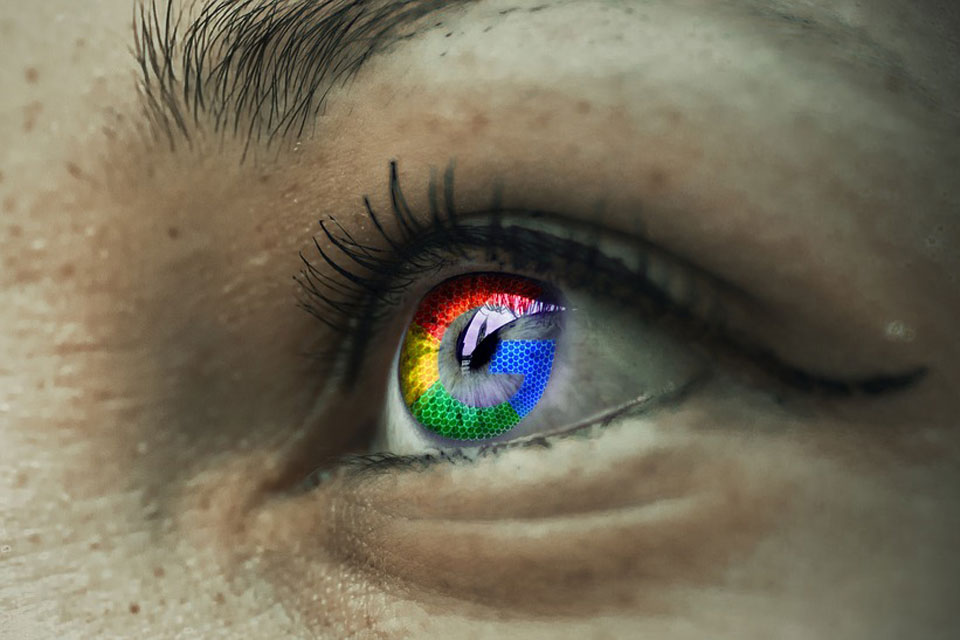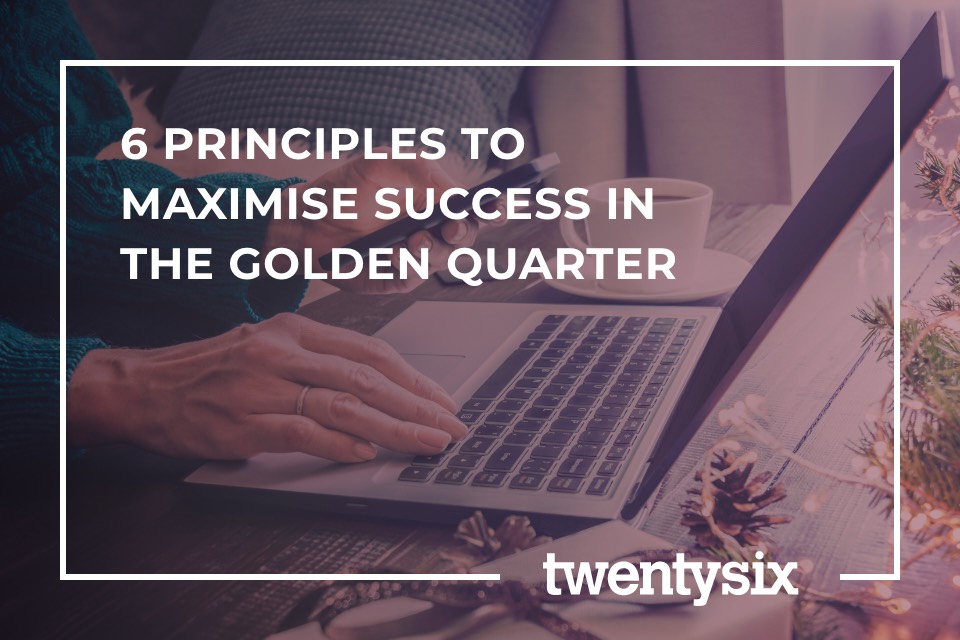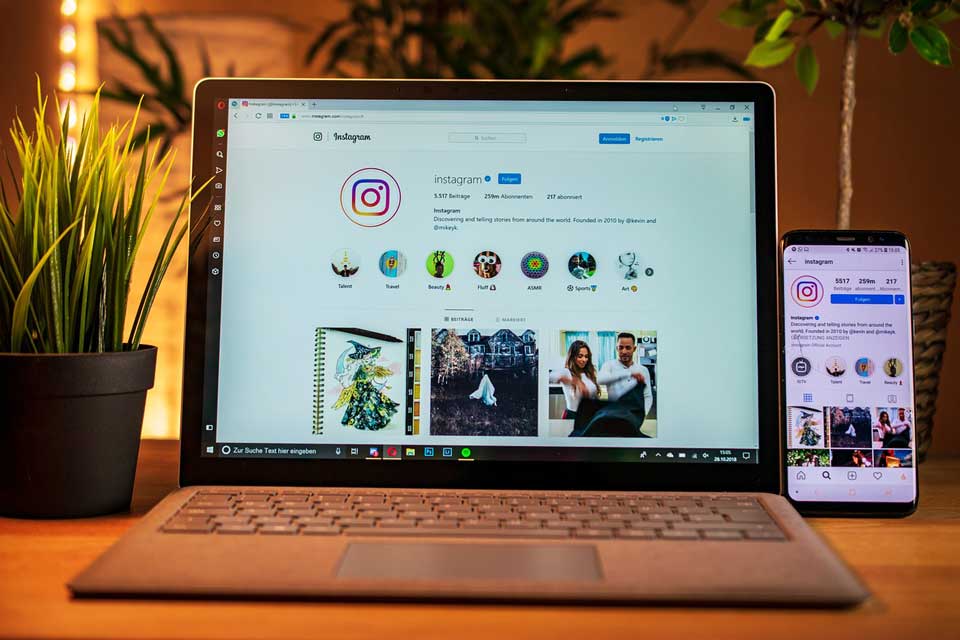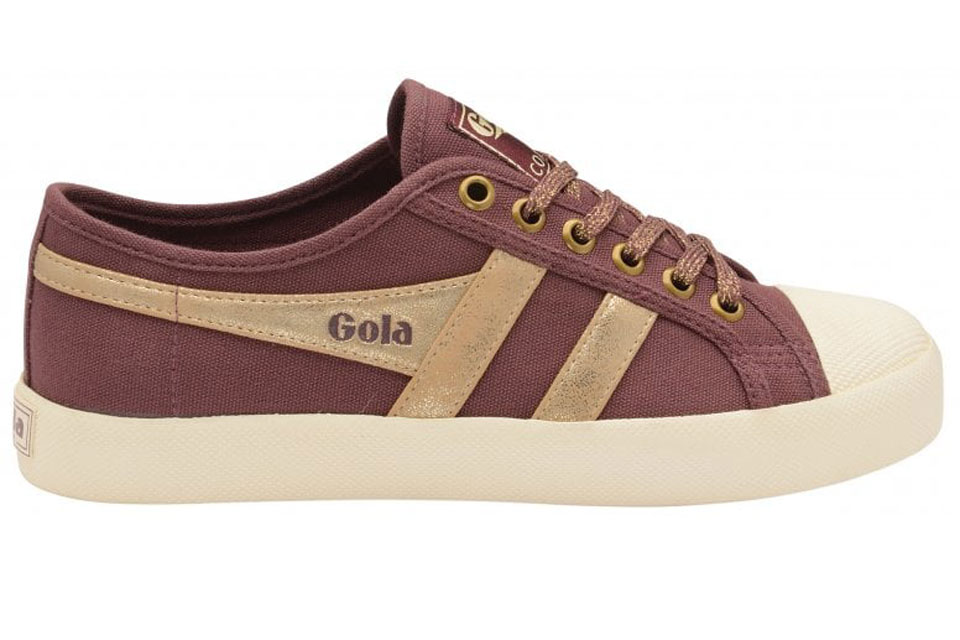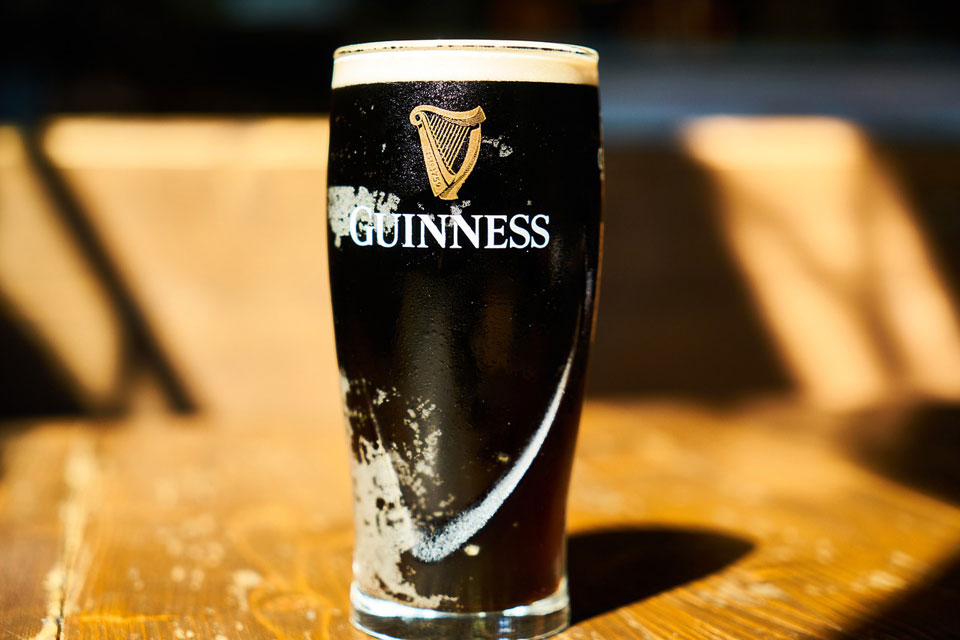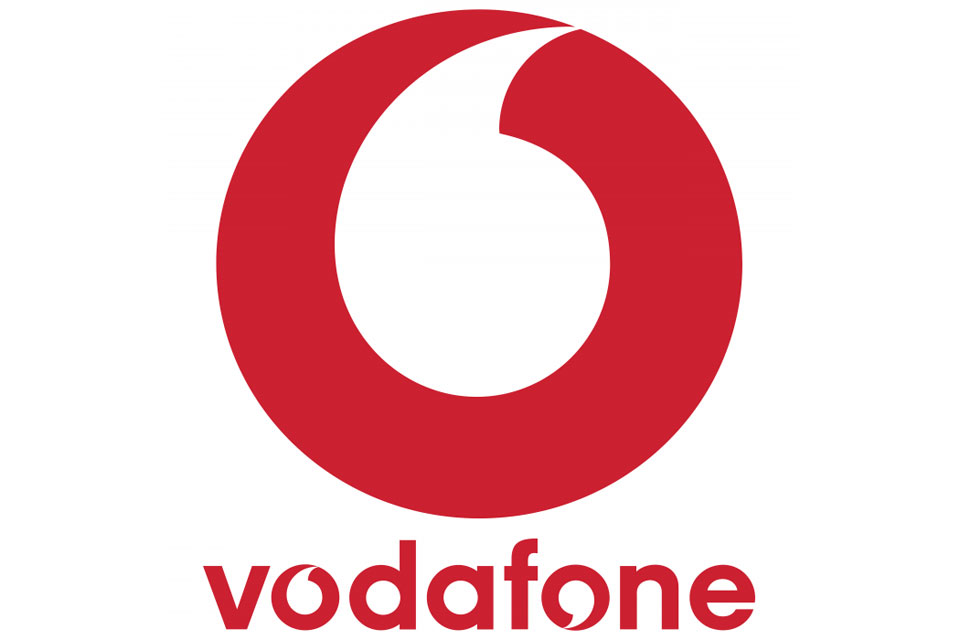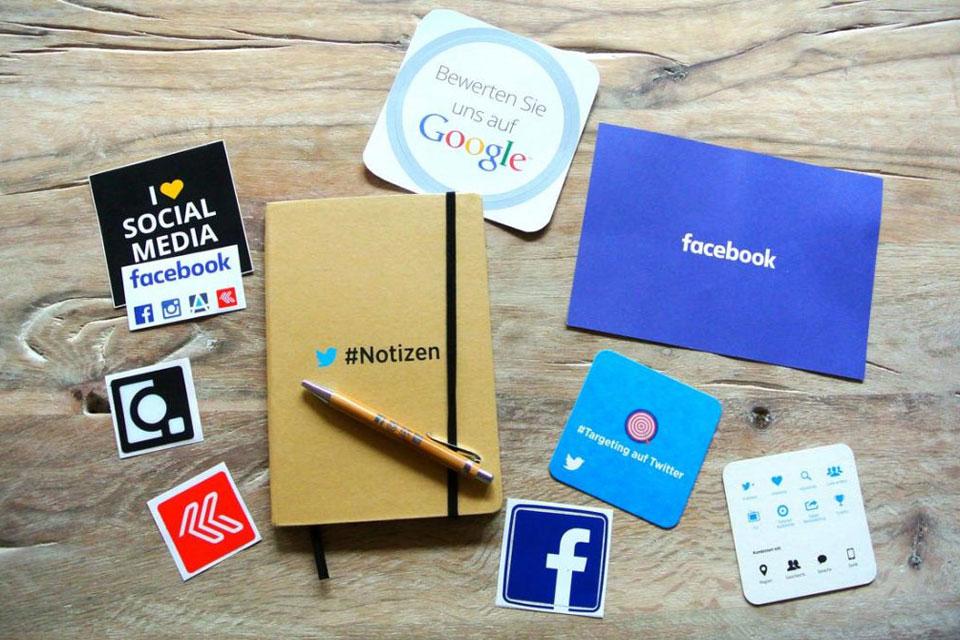UK Consumers’ Favourite Brands revealed – And Amazon is top
The DMA has revealed the findings of its latest ‘How to win Trust and Loyalty’ research, which set out to gauge which brands UK consumers are most loyal towards.
Amazon turned out to be the most mentioned brand, with 15% of consumers naming it, followed by John Lewis (4%), Sainsbury’s (4%), and Tesco (3%).
When the DMA asked the same question back in 2018, the top choices looked very similar. Indeed, consumers mentioned Amazon (14%) followed by equal percentages selecting Marks & Spencer (4%), John Lewis (4%) and Sainsbury’s (4%).
Somewhat surprisingly, despite Amazon’s near-ubiquity across so many areas of consumption, the brand hasn’t gained any further traction with customers over the last 2 years.
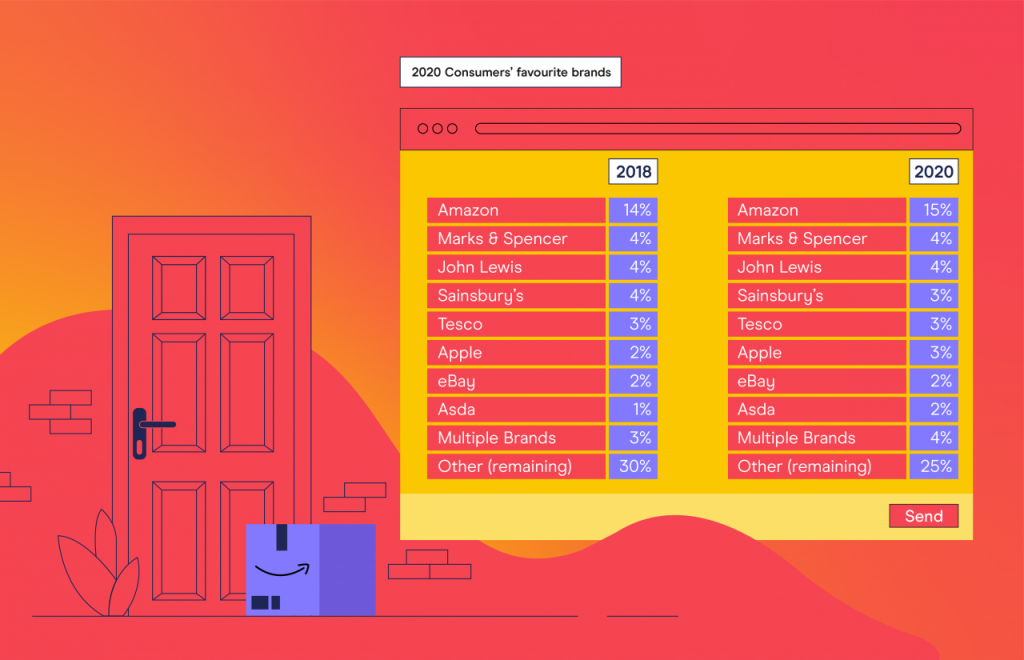
The DMA says that, hypothetically, a reason behind such consistency can be explained by consumers’ view of Amazon more as a service provider rather than a brand to engage with. Data also reveals consumers’ loyalty to Amazon as being driven by convenience (54%) rather than a genuine connection (46%).
When consumers were asked to tell us their favourite brands, a quarter (25%) mentioned other brands outside the top ten, highlighting the variety of businesses that have managed to conquer consumers’ loyalty and that big brands are not as dominant as we might expect.
Data also revealed that about a third of consumers (35%) report not feeling loyal enough to any brand to name it as their favourite. This group’s voice is a clear testimony of the daily challenge brands must deal with: connecting with customers, gaining their trust, and being thought of when it’s time to purchase.
The DMA also dug further into why these consumers do not feel a sense of loyalty towards any brand. Consumers offered a range of reasons, from simply not feeling strongly about brands to wanting to try new ones.
The good news is that two out of the three reasons given are barriers that brands should be able to overcome themselves, with the right strategies.
Indeed, reward mechanisms for continued loyalty, such as wider benefits and offers, can be revisited to give consumers relevant value. Furthermore, the DMA says innovation and communication about improvements can be used to attract those who seek change and novelty.
Read the full report here.

